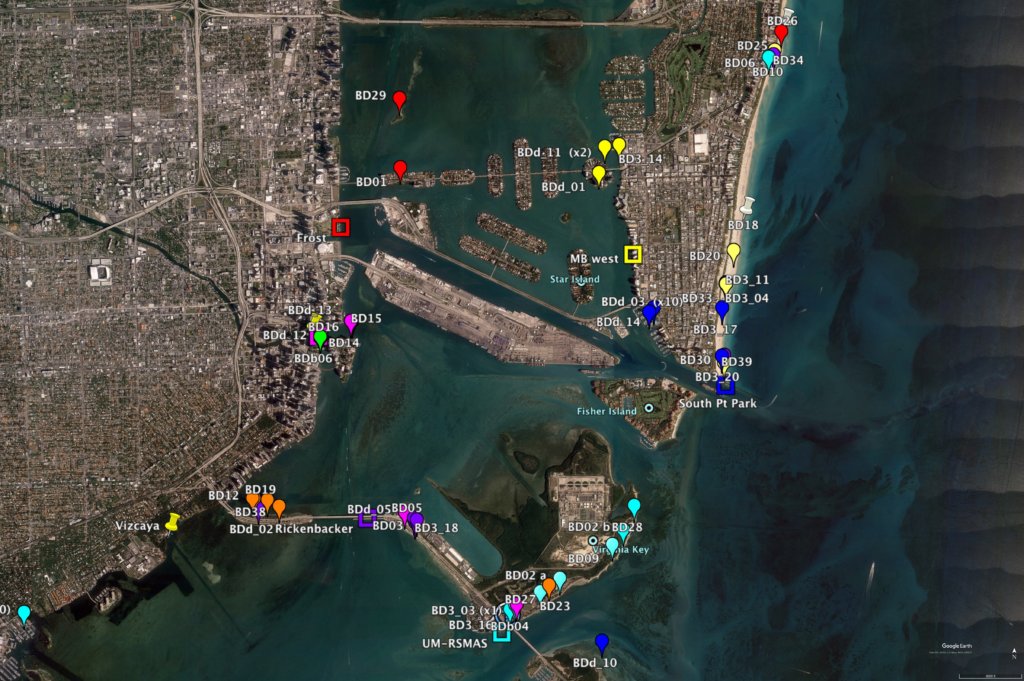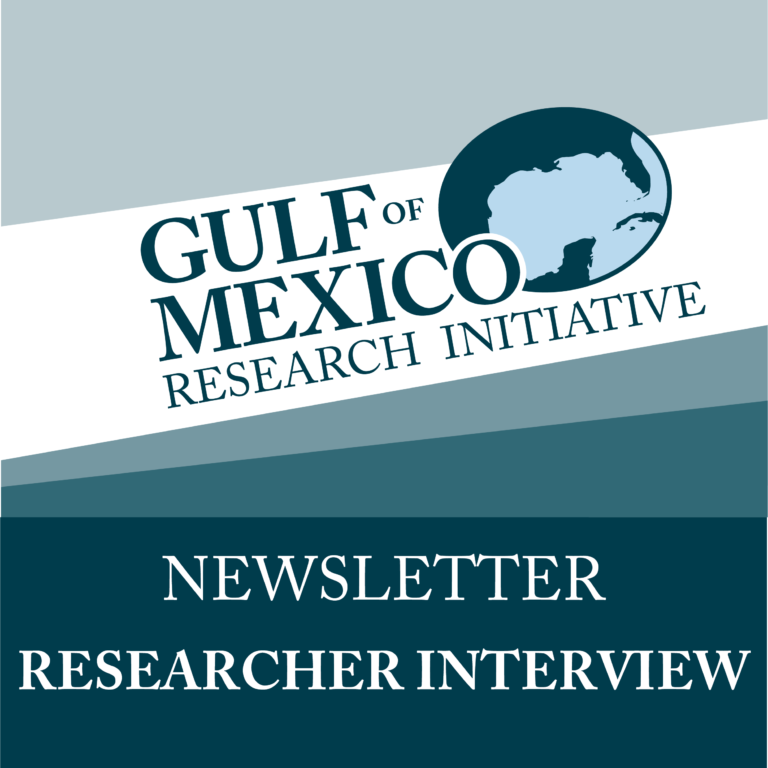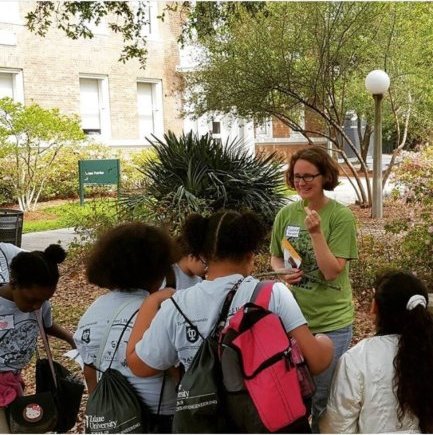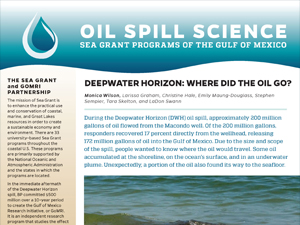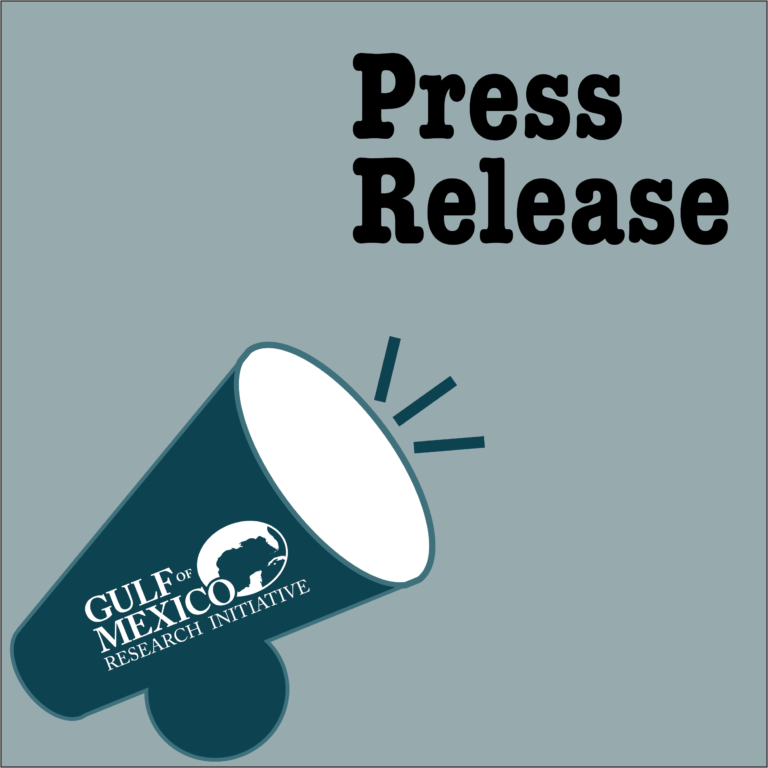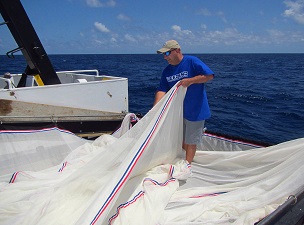Summer 2017 – Education Spotlight
Summer 2017 – Education Spotlight – SEPTEMBER 26, 2017 (From Summer 2017 Newsletter) GoMRI Outreach Coordinators Lauren Bracken, from the Consortium for Advanced Research on Transport of Hydrocarbon in the Environment (CARTHE), and Jessie Kastler, from the Consortium for Oil Exposure Pathways in Coastal River-Dominated Ecosystems (CONCORDE), attended the 2017 National Marine Educators Association (NMEA)…
Details

